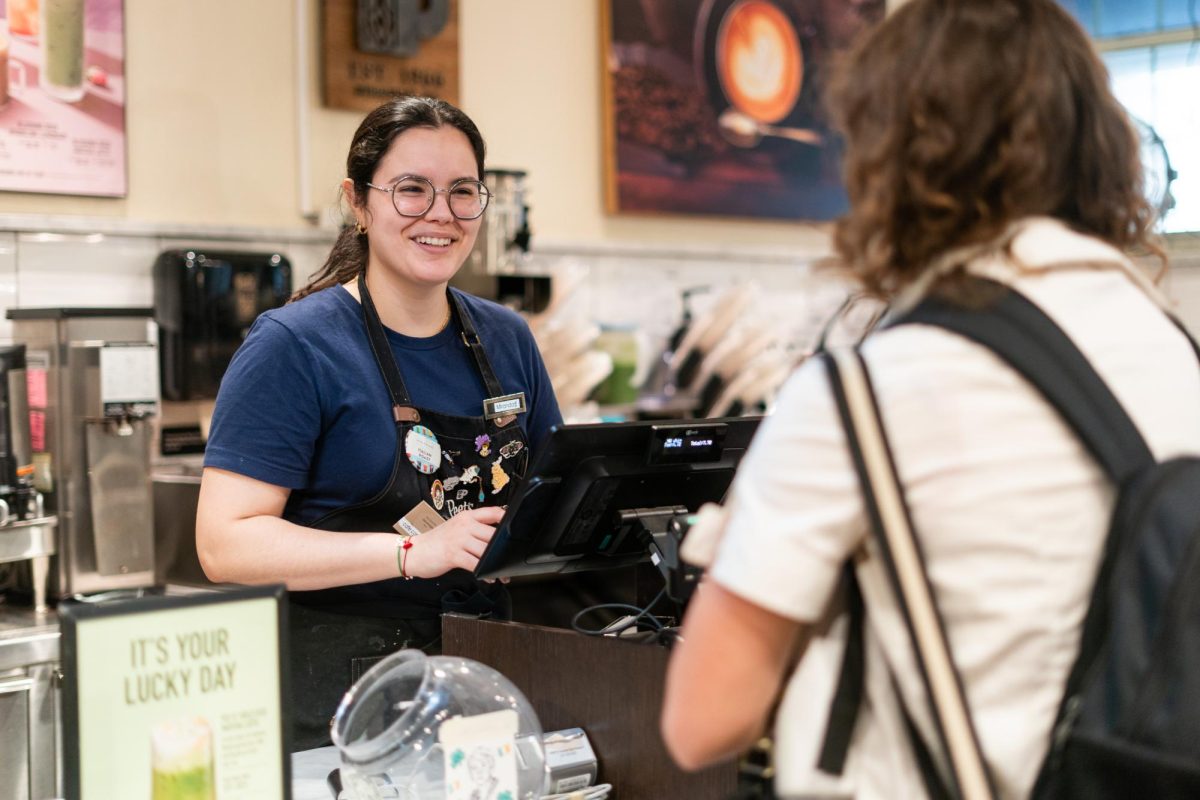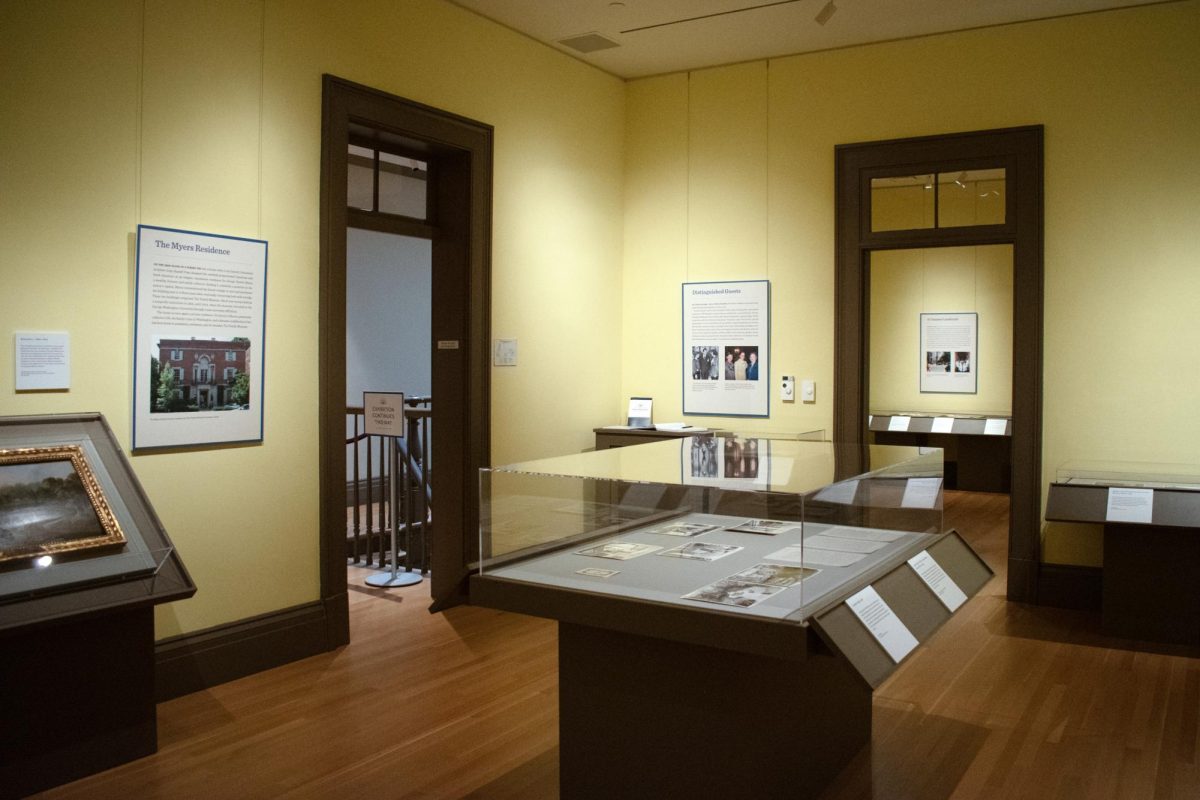Art has long been an avenue for political discussion, but students said they have increasingly taken on an activist mentality in their art since President Donald Trump was elected.
In response to some of the political protests and marches in the past year and a half, students in the Corcoran School of the Arts and Design said they have been leaning toward political messages in their art. Programming in the school has catered to the increased interest too – professional artists who created works influenced by different causes and political movements have visited the school in the past week to discuss their art.
Laylaa Randera, a graduate student in fine arts, said her work used to act more like a diary, but in the past year it’s become strictly political. For her upcoming thesis exhibition, which compares political movements in South Africa to those in the U.S. through photography, Randera attended pro-life and pro-choice rallies as well as both women’s marches. She said her photography, which features subjects of diverse backgrounds and identities, could be used as a tool for political outreach.
“I think all art is somewhat political because the personal is political,” Randera said. “As artists we do have to be part of the movements and become change agents if we want to see things happen.”
Eric Dietrich, a senior majoring in photojournalism, also has made political protest his subject. One of his photographs took place during the Muslim ban protests, and features a woman in a hijab holding a popular Women’s March poster of another woman wearing a hijab holding a poster that read “We the people are greater than fear.” He said he tries to tone down his own biases while taking photos of political events.
“That doesn’t mean I don’t cover very politically charged events,” he said. “There’s been so many marches and rallies and protests, so I’ve done a lot of political coverage and protest coverage. But I do have to maintain a certain level of neutrality as a prospective member of the media.”
Some works with a political edge are displayed front and center in the front atrium of the Corcoran’s Flagg Building. Inside, you can find paintings featuring top-down perspectives of women in headscarves painted in sweeping periwinkles, and even a gargantuan foam statue of a man in a hoodie.
The statue is the work of Case Baumgarten, a senior majoring in fine arts, who said artists should be outspoken with whatever drives them – political or otherwise. The foam statue is a homeless man in the District, which he said is tied to wealth disparity in D.C. Since President Donald Trump was elected, the messages in his art have “evolved,” and he said he has taken his political art more seriously.
He said for this particular work, he was inspired when protesters and local governments in places like Charlottesville, Va. began taking down confederate statues last summer.
“The question arose of what or who is a monument even supposed to represent,” he said. “Which is why I created this large foam sculpture of a homeless man. I want the audience to see this standing figure as monumental.”
Political art is not without its detractors. Julie Hansen, a senior majoring in graphic design, said all people have a responsibility to be politically active, but blatant political messages in art can come off as phony or inauthentic if they are not personal.
“I think that if someone is trying to be politically active, but it’s not even something that relates to them, it can kind of come off as disingenuous,” she said.
The Corcoran School of Arts and Design has also hosted more events in recent months to meet the interest of students who want their art to make an impact with a political message. Visiting artists have put on lectures in recent weeks, like Gregg Deal, a Native American artist whose work deals with discrimination and identity. Another art activism expert gave a panel discussion last week and discussed how earlier political movements influenced her art.
Illustrator and graphic journalist Wendy MacNaughton, who spoke at Hammer Auditorium last Tuesday, said artists may naturally gravitate toward speaking out against injustice and persecution. She said she first realized visuals had a political influence when illustrating for a political campaign for Rwanda’s first-ever democratic election in 2001.
“It’s not a responsibility, it’s an inevitability. The visual is political,” she said. “Everything that we create and we put out into the world has a message, and so it’s up to us to take responsibility for that and to put some time and thought into what its impacts and effects are.”
In her lecture, she gave a simple framework for completing this task: “Look. Listen. Tell Stories.”
MacNaughton said there is a difference between covering “straightforward” subjects of a political protest and engaging in a work by granting subjects nuance and a voice for their identities.
“I’m more interested in the methodologies that I use to tell stories, which is really what my work is – being rooted in social justice and social work which is what my training is,” she said. “So that I am telling stories of people who are less visible and whose stories should be told.”





